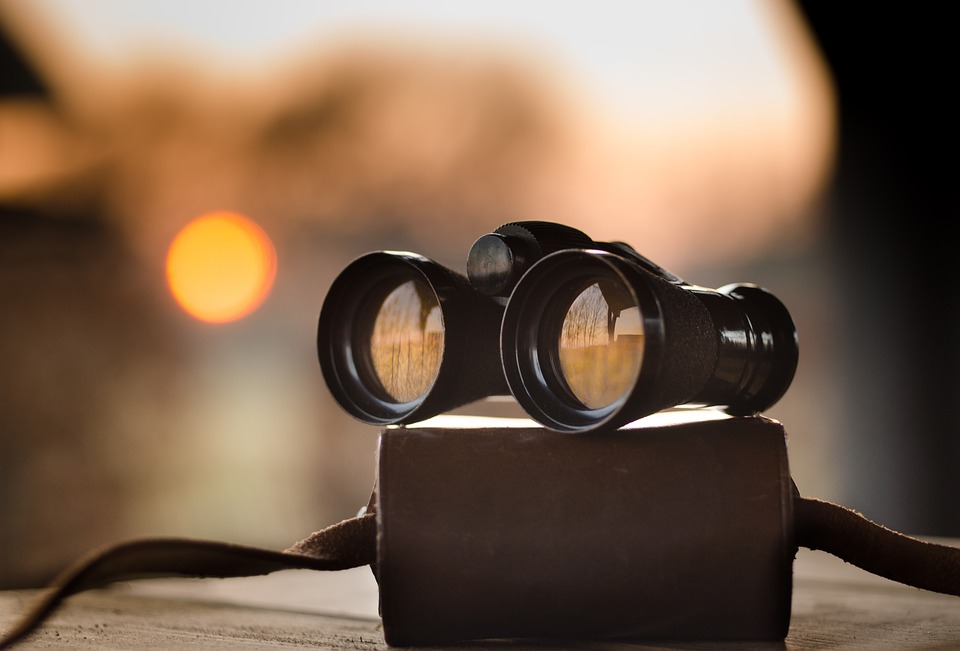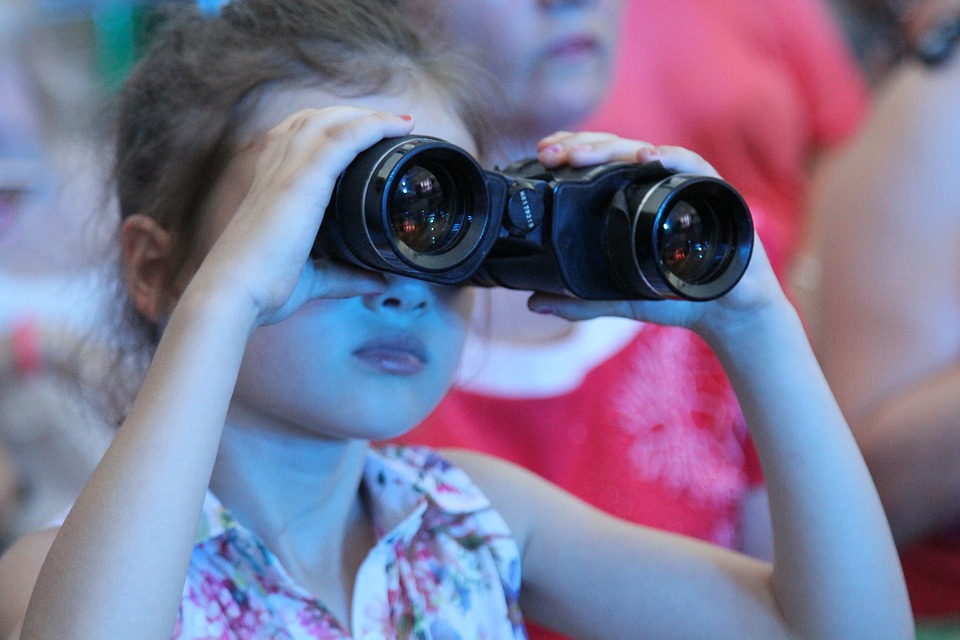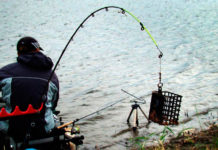Star gazing. For the birds. You love to observe the behavior of animals in their habitat. Attend theater performances. If you have similar hobbies, you probably have an interest in precision binoculars. The editorial staff of the site "bestx.htgetrid.com/en/" offers you a rating of the best binoculars for 2020, after studying which, you can decide on the purchase option.
Content
- 1 Binocular selection criteria
- 2 Best binoculars for 2020
- 2.1 Nikon Monarch 5 8 x 42 for nature and bird watching
- 2.2 Olympus 10 x 50 DPS I Best Price / Performance Ratio
- 2.3 Celestron SkyMaster 15 x 70 for astronomical observations
- 2.4 Nikon Action EX 8 x 40 CF Hunting & Fishing Travel
- 2.5 Bresser Spezial Astro 20 x 80 for astronomical magnification
- 2.6 Olympus 8-16 x 40 Zoom DPS I for travel, general purpose
- 2.7 Bushnell Fusion 1 Mile Arc 10 x 42 for professionals
- 2.8 Veber BPS 7 x 50 WP Marine with Compass
- 2.9 Bresser 3 x 20 digital night vision
- 2.10 Veber Opera BGC 4 x 30 theater
- 3 Conclusion
Binocular selection criteria
What do the numbers mean
Looking at binoculars, one cannot fail to notice numbers, for example, 10 x 50 or 8 x 42. The first number indicates the degree of magnification: if 10, the binoculars will make the object 10 times larger in the frame. The second number marks the lens diameter and is indicated in millimeters.
By dividing the second digit by the first, the value of the exit pupil, the diameter of the light beam that reaches the eye, is obtained. Thus, dividing 50 by 10, the exit pupil is 5 mm.
There are important things to know about magnification and diameter. First, the higher the magnification, the lower the brightness. This is because although the displayed object is large, the angle of view becomes narrower. Therefore, those who want a wide viewing angle choose a magnification not 10 times, but less. Second, the larger the lens, the better, because there will be more light. When looking at dusk, sunset or looking for a star, it is better to have a large lens in low light. Standard sizes range from 30mm to 50mm. Compact lenses have lenses of 20 mm or less. Models for astronomical observations are larger than 50 mm.
Lens types
Used material: glass or plastic. Most binoculars are equipped with glass eyepieces, which provide better image quality but are more expensive. The advantages of plastic are lower cost and impact resistance. Plastic lenses of the latest generation transmit the image almost like glass, they are slightly more expensive than conventional plastic ones, and are the most comfortable today.
Glass lens defect - reflection. This problem is solved by expensive anti-reflective treatment. To determine the degree of processing, look at the cuttings. C means one layer is applied at some intervals. FC - all lenses are covered. MC indicates that multiple layers are applied to only part of the lens. FMC - All lenses have multiple layers applied. The latter are better, but more expensive.
Inexpensive binoculars have the initials VK-7, and professional meanings VAK-4. These are types of glasses, the second have a higher refractive index, give a clearer image.
Porro or Roof. In the first case, the light beam is reflected at an angle of 450, the binoculars have a wide body, transforming objects. The second reflection system is more complicated, the lens and the eyepiece on the same optical network, gives a more accurate detailed picture, the body is more compact. Roof prisms are divided into Abbe-Koenig and Schmidt-Pechan types. Abbe-Koenig reflects light only three times (Porro, for example, four times), which reduces light loss.Schmidt-Pechan allows the optical system to be made smaller than the Abbe-Koenig.

Focusing
There are different ways to focus binoculars. Some have diopter adjustment if one eye sees better than the other. Many have a center ring that they rotate to focus on the subject. Waterproof binoculars have a ring for each lens, therefore with two different focuses. Some binoculars do not focus at all. They are advised to be used for short periods of time as they put a lot of strain on the eyes.
Appointment
The best binoculars are those that suit individual needs. If you need 10x50 binoculars, you cannot say that 10x42 binoculars are better. Before purchasing it is important to determine what the binoculars will be used for.
- Hunting.
Recommended models fully covered with rubber, waterproof, compact, with a magnification of 7 to 10 for general hunting or 12 to 16 for sports.
- Bird watching.
8x42 binoculars are standard in this field, but the 10x42, 10x50 and 12x50 models are indispensable for detailed observation of small and distant species.
- On the boat.
Waterproof model with large lens diameter and rubber coating. More preferably 7x50, 7x42, 8x42, 10x42.
- Concerts, theaters.
Wide-angle binoculars 5 × 25 and 8 × 25, or compact models 4 × 30, 7 × 18, 7 × 21 are suitable.
- On open air.
Wide choice: 7 × 35, 7 × 50, 8 × 42, 10 × 42. Among compact 8 × 30 or 10 × 30. Waterproof for camping is recommended.
- General use. Recreation. Excursions.
Compact wide-angle binoculars 7 × 35, 8 × 42, 10 × 42, 10 × 50.
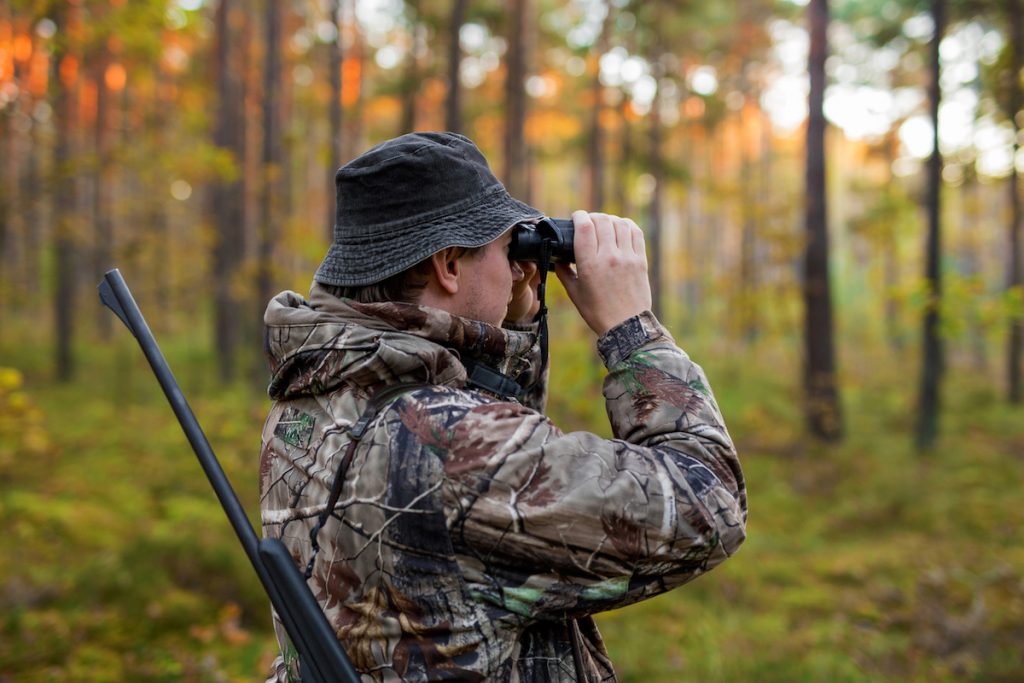
Top manufacturers
Is the brand important? When it comes to optical instruments, yes. High quality specimens require exceptional precision and are constructed using sophisticated techniques. Largest manufacturers, market leaders: Zeiss, Nikon, Leica, Canon, Levenhuk, Bresser, Olympus, Veber, Celestron, Bushnell. Russian: KOMZ, Zenit.
Choice by price
Top-class binoculars cost a lot of money, prices easily exceed a hundred thousand rubles. This is due to the use of high-quality materials, high precision in the manufacture of optics, surface treatment with effective coatings, and filling of optical tubes with anti-condensation gas. However, this does not mean that inexpensive binoculars are of poor quality. They have different glass, the quantity and quality of anti-reflective coatings, and other details that affect the brightness and sharpness of the image. But for most users, average quality binoculars will work. Top class instruments are designed for professional, military, scientific, astronomical use. They have such options that amateurs simply will not need them.
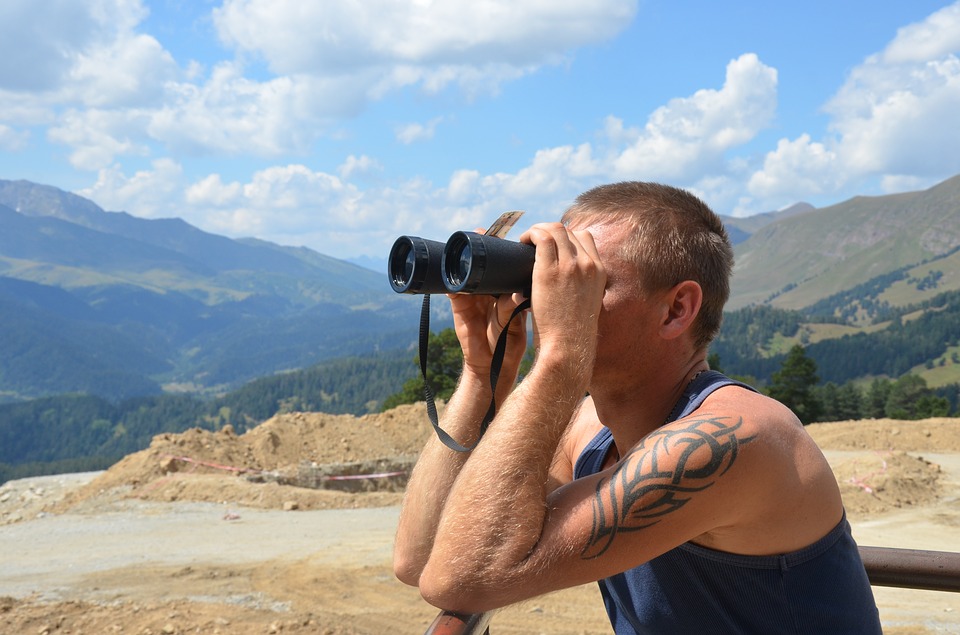
Binoculars with digital camera
These are new items. Manufacturers are experimenting, introducing digital cameras and cameras on binoculars. But so far there are few such models in the world. Binoculars from Sony cost almost one hundred thousand rubles. It has built-in optical lenses, viewfinders, digital modules, stabilizers, processors, microphones and other electronics.
Affordable prices in China. Ali Express has a choice. But the advice of experts boils down to the fact that outdated elements and reduced functionality are used there, since historically technical optical innovations come from other countries. Should I buy or not? You decide.
Such binoculars allow not only observing, but also recording videos and photographing. You just look, and he writes everything down and saves it to the memory card. You can then view it anywhere, on your computer screen, on your TV. Some binoculars have a small screen. Cons: poor picture in the dark, battery operation, heavy weight.
Best binoculars for 2020
Nikon Monarch 5 8 x 42 for nature and bird watching
These powerful binoculars are compact and lightweight. Aluminum optical housing. Convenient grip. Nikon Monarch's strengths are ED (ultra-low dispersion) glass, thick rubber coating, internal focusing system combined with good 20mm eye relief, making it possible to observe even thosewho wears glasses.
With excellent optics and perfect sharpness, binoculars have built a reputation among birdwatchers and nature observers.
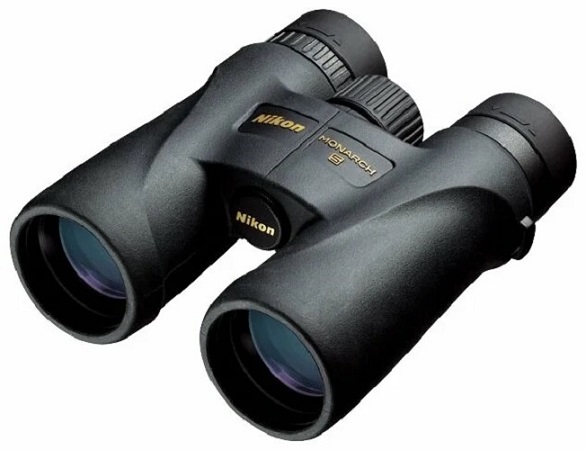
Specifications:
| Parameters | The values |
|---|---|
| Magnification | 8x |
| Objective diameter | 42 mm |
| Exit pupil | 5.25 mm |
| Angular field of view real | 6.3° |
| Angular field of view visible | 47.5° |
| Field of view at a distance of 1000 m | 110 m |
| Closest focusing distance | 2.4 m |
| Prism type | Roof |
| Focusing | central |
| Dimensions | W 130 mm L 145 mm |
| Weight | 590 g |
Advantages:
- Compact lightweight binoculars;
- ED lenses;
- Multi-layer lens coating;
- The case is protected from moisture and dust;
- There is gas filling;
- With anti-fogging function;
- Padded cover and shoulder strap are included in the price.
Disadvantages:
- Shows chromatic aberration in high light conditions.
Olympus 10 x 50 DPS I Best Price / Performance Ratio
A model worth the money spent. The Olympus DPS is considered as an amateur, but is not inferior to professional binoculars. Durable high quality finish, 65 degree super wide angle field of view. Coated lenses for brightness, contrast, UV protection.
The lens is specially designed for observing moving objects, therefore binoculars are recommended for bird watchers and hunters.
According to buyers: comfortable for the eyes; okay, fits well in the hand; blades of grass are visible from the 20th floor; can be disassembled / assembled without harm for further operation; a strong neck strap saved the binoculars from falling.
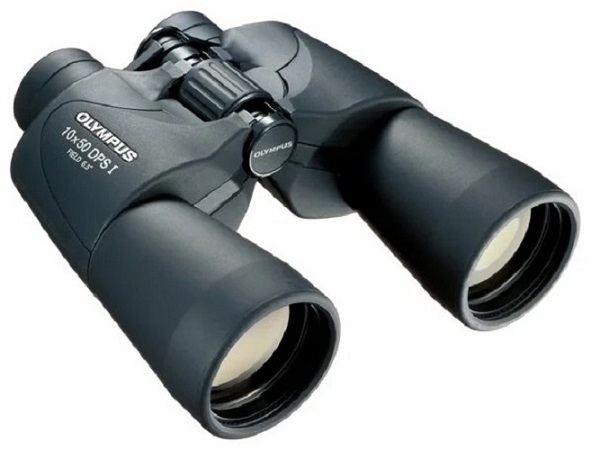
Specifications:
| Parameters | The values |
|---|---|
| Magnification | 10x |
| Objective diameter | 50 mm |
| Exit pupil | 5 mm |
| Angular field of view real | 6.5° |
| Angular field of view visible | 65° |
| Field of view at a distance of 1000 m | 114 m |
| Closest focusing distance | 6 m |
| Prism type | Porro |
| Adjusting the distance between the pupils | 60-70 mm |
| Diopter adjustment | ± 2D |
| Focusing | central |
| Dimensions | W 191 mm L 178 mm H 63 mm |
| Weight | 855 g |
Advantages:
- 65 degree wide angle view;
- Multi-layer coating against intense brightness;
- UV protection;
- 10x magnification;
- Anti-reflective coating;
- Fast simple focusing;
- Aspherical lenses;
- Build quality;
- Rubberized body;
- Case / cover included.
Disadvantages:
- No tripod mount;
- Sometimes fogs up.
Celestron SkyMaster 15 x 70 for astronomical observations
15x magnification, 70mm lenses, BAK-4 prisms make this device one of the best in the world for contemplating celestial bodies in the smallest detail. Dim objects can be clearly seen thanks to special multi-layer coatings and a central focus.
The binoculars are universal, lightweight and comfortable. According to star lovers, powerful, reliable in handling, allows you to enjoy the sky and terrestrial views without a telescope.
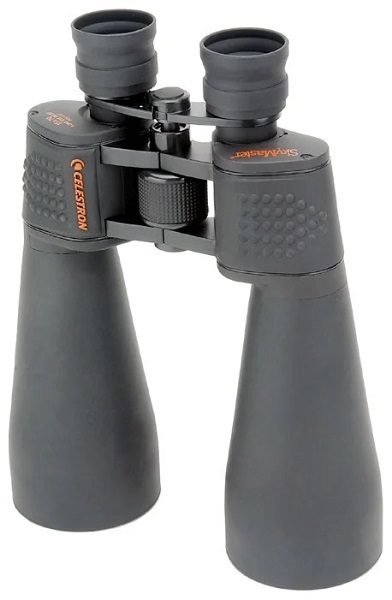
Specifications:
| Parameters | The values |
|---|---|
| Magnification | 15x |
| Objective diameter | 70 mm |
| Exit pupil | 4.7 mm |
| Angular field of view real | 4.4° |
| Closest focusing distance | 13 m |
| Prism type | Porro |
| Focusing | central |
| Weight | 1360 g |
Advantages:
- 15x magnification;
- Great contrast;
- Large diameter lenses, multi-layer;
- Quality prisms BAK-4;
- Central focusing;
- Adjustment of the distance between the pupils is;
- Tripod mount design;
- The case is rubberized, protected from moisture and dust;
- Complete with case;
- Binoculars are not only suitable for astronomical views;
- Light weight for such a model.
Disadvantages:
- Users recommend purchasing a tripod for long term observations.
Nikon Action EX 8 x 40 CF Hunting & Fishing Travel
These binoculars are included in many ratings for quality and popular models. The Nikon Action Ex line is functional, compact, reviews about it are very good. Thanks to ED glass lenses with a low dispersion index, this optical device guarantees clear, high-resolution images. In addition, it is waterproof, shockproof, rubber coated, nitrogen filled, fog free.Almost perfect model, favorite, sales leader.
As for the purpose, according to buyers, they are strong, reliable binoculars for work in different climatic conditions. It is recommended for hunting, fishing, travel, except for long distances due to its size and weight.
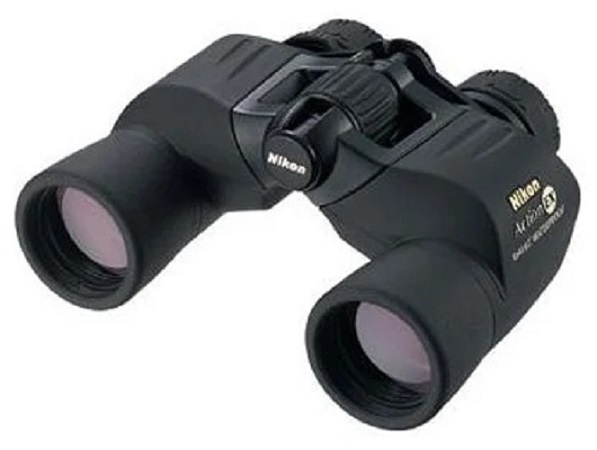
Specifications:
| Parameters | The values |
|---|---|
| Magnification | 8x |
| Objective diameter | 40 mm |
| Exit pupil | 5 mm |
| Angular field of view real | 8.2° |
| Angular field of view visible | 59.7° |
| Field of view at a distance of 1000 m | 143 m |
| Closest focusing distance | 5 m |
| Prism type | Porro |
| Focusing | central |
| Dimensions | W 187 mm L 138 mm |
| Weight | 855 g |
Advantages:
- Optimal ratio of lens diameter and magnification;
- ED multi-coated lenses;
- Waterproof;
- Anti-fogging system with nitrogen gas;
- Rubber cover;
- High eye relief;
- Adjustment of the distance between the pupils 56-72 mm;
- High level optical properties;
- Tripod mounts.
Disadvantages:
- The lens caps do not inspire confidence in buyers, they easily come off and can be lost.
Bresser Spezial Astro 20 x 80 for astronomical magnification
Powerful binoculars with 20x magnification and 80mm diameter. Optics with BAK-4 prisms with full multi-layer coating, guarantee maximum reduction of stray light, images are bright, sharp. Built-in tripod connection attaches to a stable stand. Not only astronomical, but also terrestrial. Diopter-compensated binoculars provide maximum field of view even for eyeglass wearers.
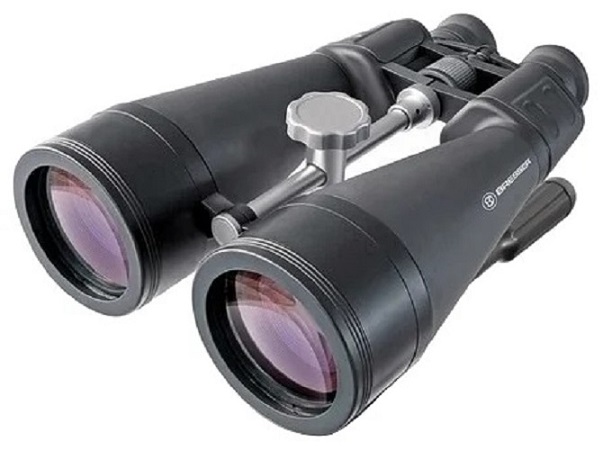
Specifications:
| Parameters | The values |
|---|---|
| Magnification | 20x |
| Objective diameter | 80 mm |
| Exit pupil | 4 mm |
| Angular field of view real | 3.2° |
| Field of view at a distance of 1000 m | 56 m |
| Closest focusing distance | 9 m |
| Prism type | Porro |
| Focusing | central |
| Dimensions | W 235 mm L 330 mm H 108 mm |
| Weight | 2100 g |
Advantages:
- Lens magnification and diameter are higher than standard;
- Tripod;
- Prisms VAK-4;
- Multi-layer coating;
- Diopter correction;
- Twilight factor 40;
- Adjustment of the distance between the pupils 57-72 mm;
- Metal rubberized body;
- Moisture protection, dust protection;
- The cover is included in the price.
Disadvantages:
- Heavy and bulky.
Olympus 8-16 x 40 Zoom DPS I for travel, general purpose
Recommended for those looking for their first binoculars to start using a serious device without frustration.
Lightweight thanks to good materials used by the Olympus brand. Lenses weigh the most, but they do not save on them, from this side the reviews are the best. The binoculars are equipped with 8-16x zoom, perfect for amateur surveillance.
Even in low light, you can see it clearly, thanks to a special treatment. The images are contrasting, bright.
Use is not limited: outdoors, on a yacht, in a theater, a stadium, anywhere.
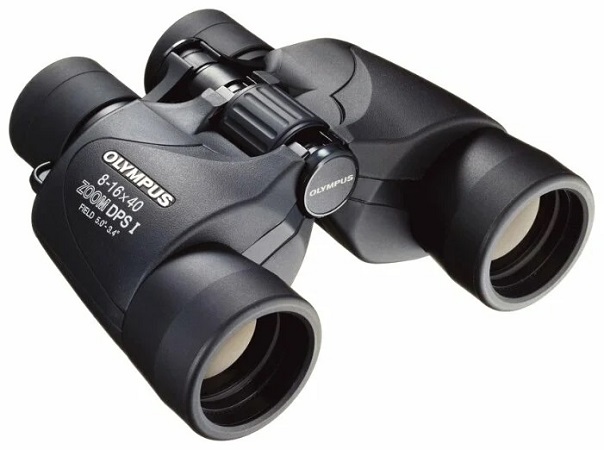
Specifications:
| Parameters | The values |
|---|---|
| Magnification | 8-16x |
| Objective diameter | 40 mm |
| Exit pupil | 3.4-5 mm |
| Angular field of view visible | 40-54.4° |
| Field of view at a distance of 1000 m | 59-87 m |
| Closest focusing distance | 10 m |
| Prism type | Porro |
| Adjusting the distance between the pupils | 60-70 mm |
| Diopter adjustment | ± 1D |
| Focusing | central |
| Dimensions | W 182 mm L 152 mm H 58 mm |
| Weight | 790 g |
Advantages:
- Solid quality;
- A light weight;
- Zoom, variable magnification;
- Anti-glare treatment;
- UV coating;
- Excellent contrast, color rendering;
- Fast focusing;
- Diopter settings for adaptation to each user;
- Comfortable to hold;
- Lots of positive reviews;
- Rubberized body;
- Additionally, a cover is included.
Disadvantages:
- The protective covers are not fixed, each time you need to put it in the bag;
- Zoom is not necessary for everyone, you should decide before buying.
Bushnell Fusion 1 Mile Arc 10 x 42 for professionals
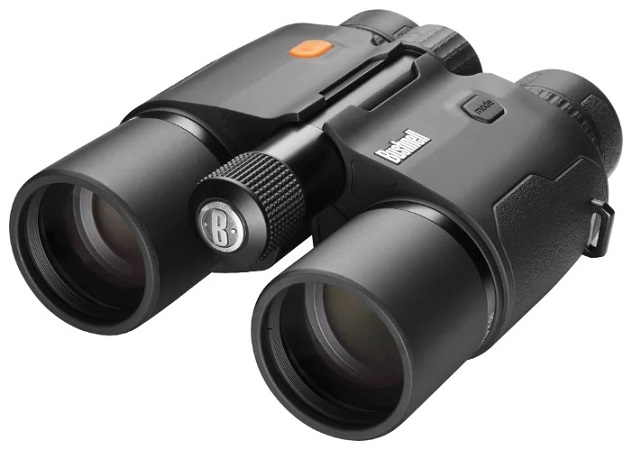
Combines the functions of observation binoculars and a laser rangefinder into one object. Professional model for hunting and exploration, sporting events.Binoculars are expensive, but one of the most sought after for their exceptional performance.
The main advantage of this particular version is the lenses, they provide excellent visibility up to a kilometer away. Water repellent, with RainGuard HD multilayer coating and BAK-4 prisms with PC-3 phase coating. XTR technology ensures maximum light transmission.
The built-in laser rangefinder has a radius of 1760 meters, with an error of only one meter. Offers a number of additional features. Two modes of operation Bow and Rifle. In the first mode, it provides readings of angles, relative, and true horizontal distance from 10 to 99 m. In the second mode, it provides line of sight, angle, bullet point estimate.
Special technology Matrix Display improves contrast, clarity, color reproduction; the binoculars also integrate a selective aiming system and a VSI system for viewing the distance at intervals of 100, 150, 200, 300 m when using the rangefinder in gun mode.
If the cost is not discouraging, you can easily find where to buy binoculars thanks to the link below.
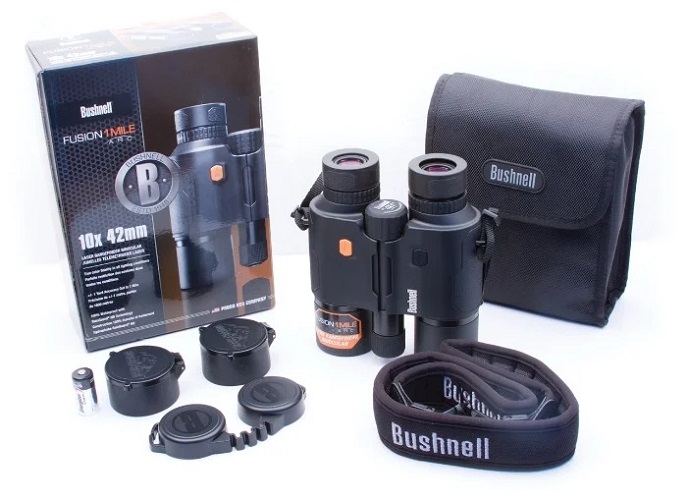
Specifications:
| Parameters | The values |
|---|---|
| Magnification | 10x |
| Objective diameter | 42 mm |
| Exit pupil | 4.2 mm |
| Angular field of view real | 5.8° |
| Field of view at a distance of 1000 m | 101 m |
| Closest focusing distance | 3.2 m |
| Prism type | Roof |
| Prism material | BAK-4 |
| Focusing | central |
| Dimensions | W 142 mm L 161 mm H 54 mm |
| Weight | 879 g |
Advantages:
- Long coverage distance;
- Rangefinder function accurately determines the distance to an object in the frame;
- 42mm lenses are made of high quality glass;
- Exclusive lens coatings;
- Twilight factor;
- Adjusting the distance between the pupils;
- Tripod mount;
- The case is rubberized, protected from dust and moisture;
- Filling with nitrogen / argon;
- Case, 1хCR123 battery included;
- Unique additional features.
Disadvantages:
- Not useful for objects located less than three meters from your position.
Veber BPS 7 x 50 WP Marine with Compass
Super-equipped marine binoculars, the best in their category. With a function that makes it unique - a compass with a measuring scale that automatically calculates the distance to the object of observation. Anti-glare treatment for a clear view. A powerful, practical device thanks to the millimeter binocular focus and comfortable ergonomic handle. Offers an experience on the edge of adventure.
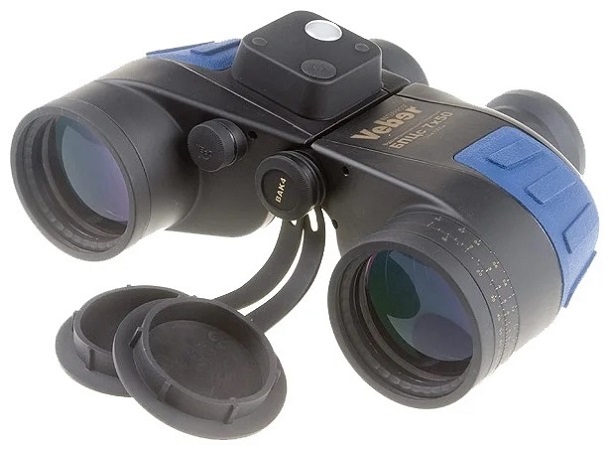
Specifications:
| Parameters | The values |
|---|---|
| Magnification | 7x |
| Objective diameter | 50 mm |
| Angular field of view real | 7.6° |
| Field of view at a distance of 1000 m | 132 m |
| Prism type | Porro |
| Focusing | separate |
| Dimensions | W 190 mm L 170 mm H 65 mm |
| Weight | 850 g |
Advantages:
- Decent increase;
- Automatic remote measurement;
- Anti-glare system;
- Waterproof, fog-proof;
- Millimetric binocular focusing;
- Multi-layer lens coating;
- Compass design;
- Shockproof;
- The case is protected from moisture and dust;
- Gas filling;
- Complete set with a case.
Disadvantages:
- Lack of compass instructions.
Bresser 3 x 20 digital night vision
Binoculars with digital converter. Optical and digital Zoom. Gives a high-quality detailed image in complete darkness at a distance of up to 100 m thanks to the built-in infrared illumination. She is invisible, does not scare away animals. Brightness adjustable, seven light intensity values. Sharpness is adjusted with a wheel on the lens. Images are viewed on the built-in LCD screen. The operating time of the illuminator from one set of batteries is 6 hours. Requires 8 AA batteries, 1.5 V.
Best of all he proved himself in night hunting and in the activities of private security companies.
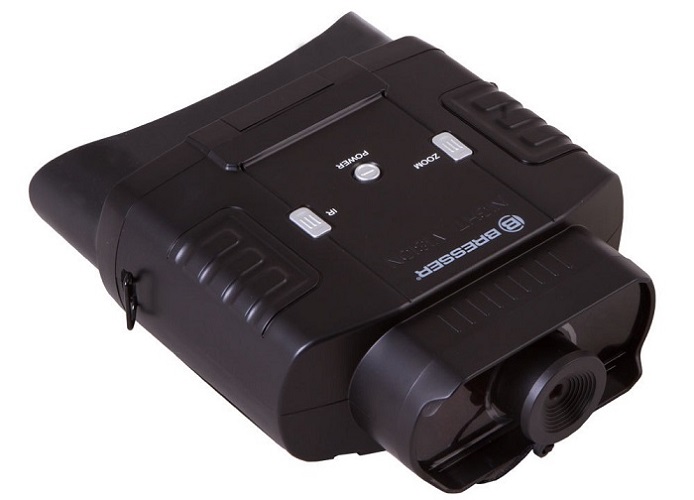
Specifications:
| Parameters | The values |
|---|---|
| Magnification | multiple 3-6 |
| Objective diameter | 20 mm |
| Operating temperature range | from -20 to +60 |
| Angle of view | 10 |
| Field of view at a distance of 1000 m | 17.5m |
| Overall dimensions | W 26 mm D 20 mm H 9 mm |
| Weight | 1135 g |
Advantages:
- Optical and digital image enlargement;
- Built-in IR illuminator;
- Digital converter;
- Step-by-step adjustment of backlight brightness;
- Fully coated lenses;
- Possibility of stationary use;
- Long battery life;
- Ability to work at low temperatures;
- The set includes a case, a strap;
- Inexpensive for such a model.
Disadvantages:
- No batteries.
Veber Opera BGC 4 x 30 theater
Elegant binoculars for theater lovers. Convenient to carry. It is inexpensive. Zooms the vision up to four times. It is comfortable to watch even from the far rows. Light weight, you can hold the whole performance in your hands without fatigue. Conquers the appearance of female buyers.
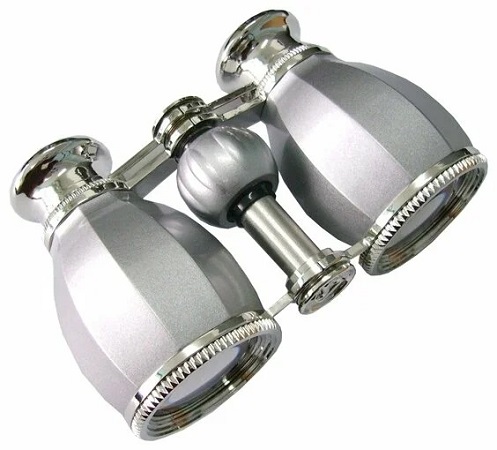
Specifications:
| Parameters | The values |
|---|---|
| Magnification | 4x |
| Objective diameter | 30 mm |
| Focusing | central |
| Weight | 210 g |
Advantages:
- Available in four colors: white, silver, gold, crimson;
- Exquisite design;
- Quadruple zoom;
- A light weight;
- Clarity of the picture;
- Adjusting the distance between the pupils;
- Storage bag included.
Disadvantages:
- Narrow specialization.
Conclusion
The ranking contains binoculars of different price ranges so that all readers can choose the optimal model. It is important to ask yourself a few fundamental questions before buying, about the budget, about when you will use the binoculars, what for, what lenses are needed. After clarifying the main aspects, you can start choosing.
If you have experience using the binoculars described in the article, or a more interesting model, tell us about it in the comments.

